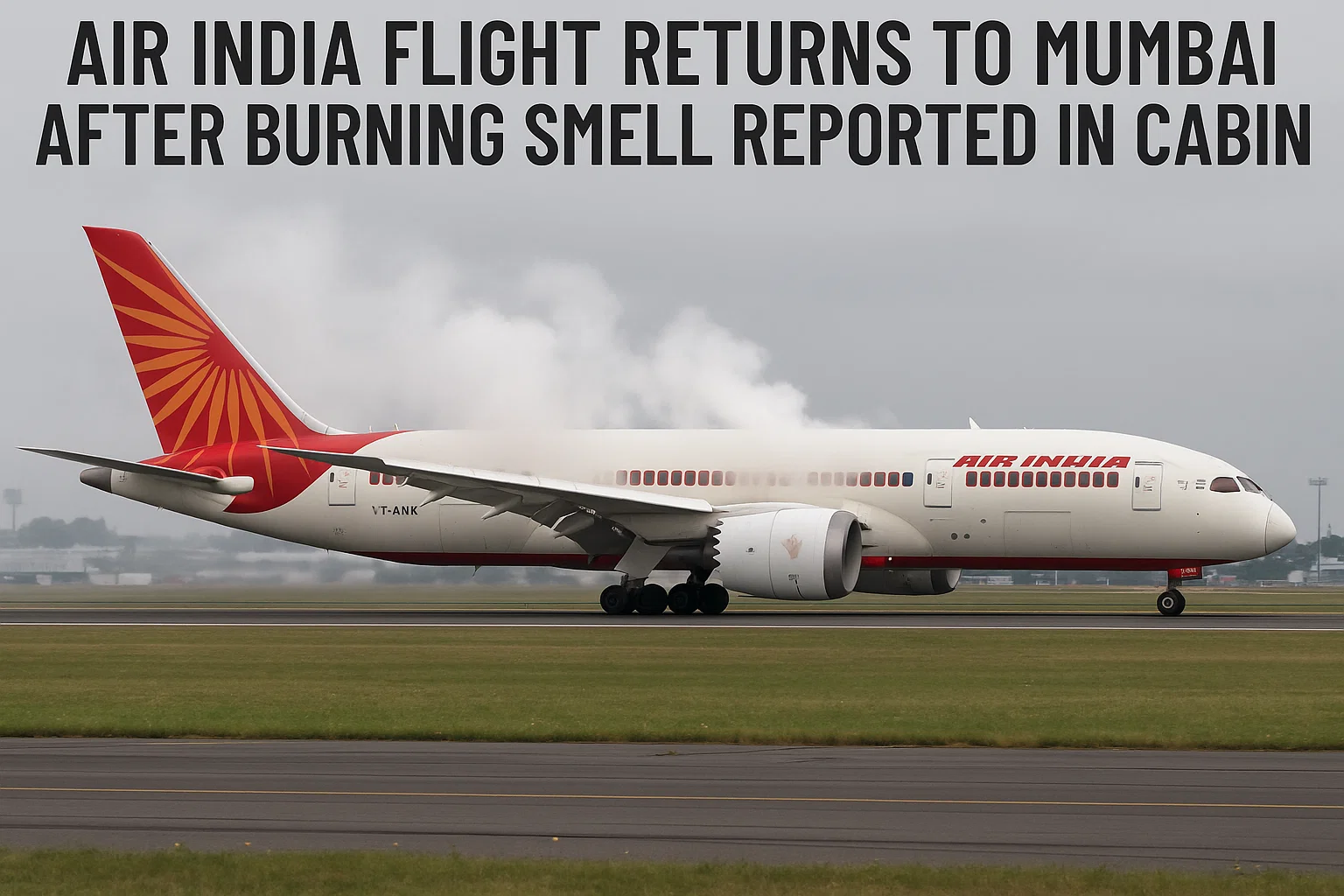Madurai AIIMS Hospital to Feature Helipad Facility, 3D Model Video Reveals Advanced Design

MADURAI, Tamil Nadu, India – The All India Institute of Medical Sciences (AIIMS) in Madurai, a project poised to significantly enhance healthcare infrastructure in Southern India, is set to include a state-of-the-art helipad facility. This advanced feature was prominently showcased in a recently released 3D architectural model video, offering a glimpse into the hospital’s cutting-edge design and future capabilities.
The 3D model video, widely circulated among stakeholders and the public, illustrates the comprehensive plan for the new AIIMS campus. Among its many modern amenities, the rooftop helipad stands out, signifying the hospital's readiness for rapid emergency medical services. This facility will enable swift air ambulance transfers for critical patients, particularly those requiring immediate specialized care or inter-hospital transfers from remote areas.
"The inclusion of a helipad is crucial for a tertiary care center like AIIMS Madurai," stated Dr. K. Raja, a senior medical official involved in the project. "It underscores our commitment to providing world-class emergency and trauma care, ensuring that patients with time-sensitive conditions receive the fastest possible medical attention. The 3D model truly brings this vision to life."
The construction of AIIMS Madurai, funded by the Japan International Cooperation Agency (JICA), is progressing steadily, aiming to be a premier medical institution providing affordable and quality healthcare, education, and research. The 3D video also detailed other key features, including advanced diagnostic labs, specialized surgical theatres, spacious patient wards, and dedicated research blocks, all designed with a focus on patient-centric care and operational efficiency.
The integration of such high-tech infrastructure is expected to position AIIMS Madurai as a leading medical hub, not just for Tamil Nadu but for the wider South Indian region, significantly boosting its capacity to handle complex medical emergencies and serve a larger population.


